Puerto rico telescope tour: Overview | The Arecibo Observatory
Overview | The Arecibo Observatory
The newly refurbished and extended Science & Visitor Center, modernized exhibition space, and state-of-the-art auditorium welcome nearly 100,000 visitors a year and support Science Technology, Engineering, Arts and Math (STEAM) education at all levels throughout Puerto Rico and beyond.
We are back!!!! The Science and Visitor Center will open its door to the public starting on Thursday, March 10th, 2022. Click the link below to book your visit and read the safety measures that we are taking to ensure a great experience during these hard times.
Contact Information: 787-878-2612 Ext. 346 |
Stay tuned to our Facebook’s Fan Page and Twitter for more updates.
Overview
History
Galaxy Shop
Galaxy eShop (Shop Online)
Galaxy eShop: Get your favorite souvenirs from AO including t-shirts, mugs, cellphone cases, back packs and more.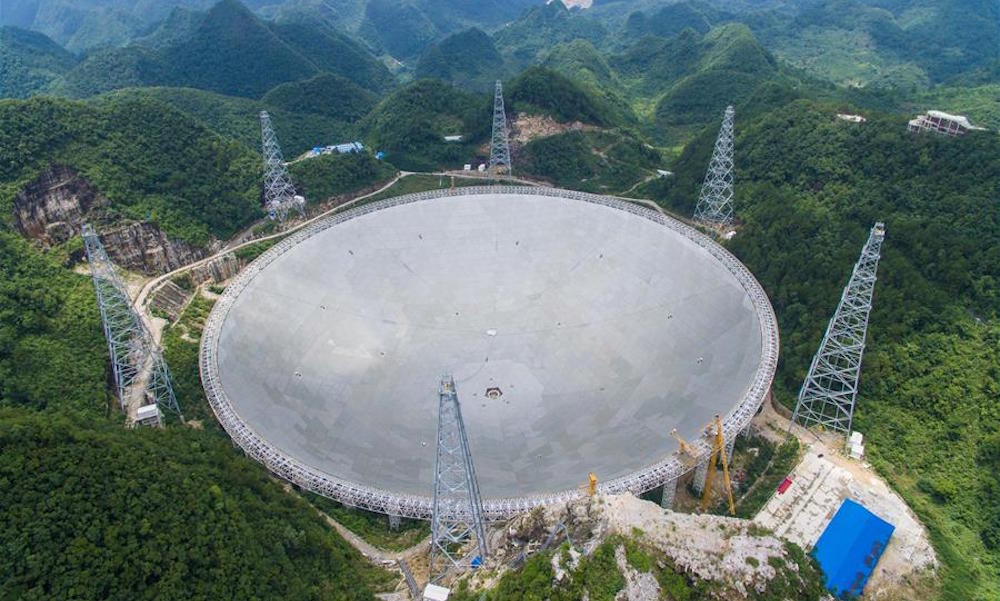 .. Shop Now
.. Shop Now
You can also submit your reservation using our new request form.
Reservations are required for school groups, college campuses or summer camp groups. For this type of groups special price is offered. No reservation is required for family visits.
Generous Supporters
With your online contribution, you can support the
continuous development of the Angel Ramos Foundation – Science & Visitor Center.
Public Outreach & Education programs and the operation of Angel Ramos Foundation Science & Visitor Center (ARFSVC). | Research & Equipment: Restoration of the facilities |
Learning ExperienceExhibitsThe bilingual educational program, reflects the general idea that we can study the universe with tools which extend our direct sensory experience. |
Venue for Public GatheringsAuditoriumVisitors can learn about the planets, asteroids and comets, and how research is conducted on the atmosphere, the Solar System and the Universe in general. Visitors will also enjoy the movie “The Arecibo Observatory: Beyond the big dreams” which presents an overview of the science done in the Arecibo Observatory and will also be able to enjoy the view of the telescope from the observation deck located 367 feet above the 1,000-foot reflector dish located in a natural sinkhole in the northern area of Puerto Rico. |
Bring home a memoryGalaxy ShopEnjoy the complete Arecibo Observatory experience and take along a souvenir. Perhaps you are excited to get something unique, or maybe you will like to take home a memory. The Galaxy Shop is a great place to shop for souvenirs, books and educational games. |
Puerto Rico Camuy Caves & Arecibo Observatory Tour
Need a break from the beach or looking for a full day adventure? We recommend heading west to the Camuy Caves (Cuevas de Camuy) and the Arecibo Observatory. First part of the trip, visit the Rio Camuy Cave Park (Cuevas de Camuy). Next on the tour, we will head to lunch and the Arecibo Observatory. It is the largest single telescope in the world. The main purpose of the facility is to observe stellar objects and has been used in filming several movies including James Bond’s Golden Eye and Contact. |
|
CAMUY CAVE (CUEVAS DE CAMUY) / ARECIBO TOUR
• Trip length: 8am – 5pm
• Tour leaves from San Juan
• Tour rate per person: *$79 + entrance fees & tax
($15 – Camuy Cave & $10 – Arecibo Observatory)
*Lunch not included in the tour price.
Cancellation Policy:
Changes to reservation and cancellations can be made by phone at least 48 hours before departure to receive full refund of deposit. If you cancel within 48 hours of activity, do not show up, or show up with less people than the reservation includes, full price of activity will still be charged.
Trips may be cancelled due to inclement weather. If this occurs, your trip may be reschedule upon availability. Otherwise, your deposit will be refunded.
We have never had any issues, don’t be the first! By booking any activity listed on this website you are acknowledging that PR Vacation Helpers is not responsible for any accidents.
Helpful links:
Camuy Cave Details
Observatory Website
BIO BAY / BOAT CHARTERS / CAVE & OBSERVATORY TOUR / DEEP SEA FISHING / FERRY TICKETS / FLY BOARD / FOOD TOURS / HELICOPTER RIDES / HORSE BACK RIDING / ISLAND SPLASH ADVENTURE / JET SKI RENTAL / MASSAGE & SPA SERVICES / MINI BOAT ADVENTURES / OFF-ROADING / OLD SAN JUAN TOUR / PARASAILING / RAINFOREST TOURS / SAILING & SNORKELING / SCUBA DIVING / SEGWAY TOURS / SPEARFISHING / SURFING LESSONS / WATER TAXI / ZIPLINING |
Arecibo telescope in Puerto Rico to be demolished | Photo | Society
1450
One of the largest radio telescopes in the world, the Arecibo Astronomical Observatory in Puerto Rico, is being pulled apart due to the threat of destruction. This 305-meter telescope has been in operation for 57 years. With its help, radar observations of objects of the solar system were carried out, as well as research in the field of radio astronomy and atmospheric physics. Observations came to an end in August of this year when a broken auxiliary cable severely damaged the reflector mirror, punching a hole about 30 meters long in it. In November, the main cable broke causing additional damage. The US National Science Foundation notes that the telescope’s holding cables are no longer able to carry the load, so its structure is in danger of catastrophic destruction. How the famous telescope looked like – see the AiF.ru gallery.
The construction of the radio telescope began in 1960.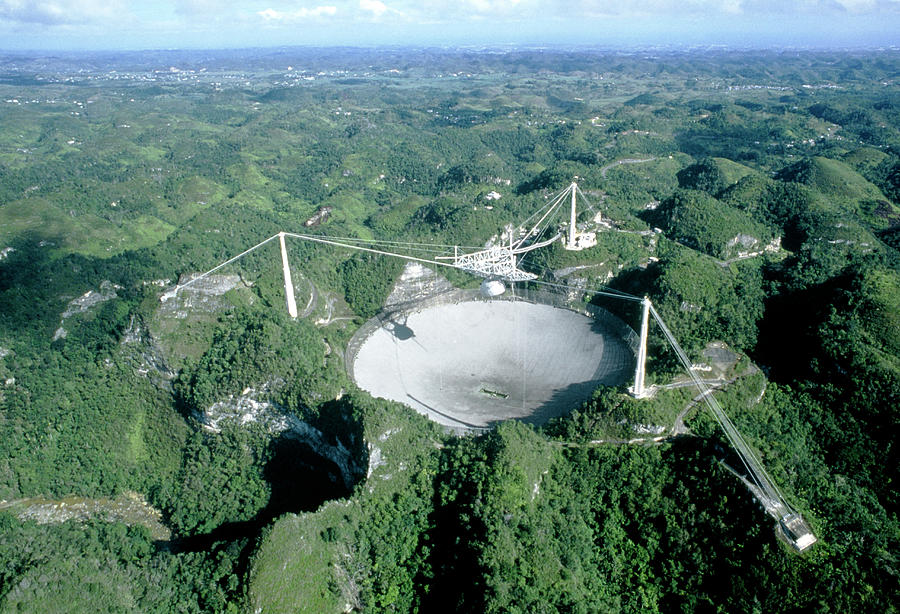 The original purpose of the telescope was to study the Earth’s ionosphere.
The original purpose of the telescope was to study the Earth’s ionosphere.
© Shutterstock.com
The official opening of the Arecibo Observatory took place on November 1, 1963.
© Shutterstock.com
On November 16, 1974, the Arecibo Message was sent from a radio telescope in the direction of the globular star cluster M13, located at a distance of 25,000 light years in the constellation Hercules.
© Shutterstock.com
Over the years, the observatory has made many important discoveries. In particular, in 1974, Russell Hulse and Joseph Taylor discovered the first double pulsar, for which they were awarded the Nobel Prize in Physics in 1993.
© Reuters
On September 20, 2017, Hurricane Maria broke the 29-meter radar antenna of the radio telescope in half, its fragments pierced the main mirror of the telescope and damaged the auxiliary one.
© Shutterstock.com
According to experts, the repair will be dangerous for the lives of builders.
© Reuters
Satellite view of the observatory.
© Reuters
Arecibo radio telescope.
© Shutterstock.com
The construction of the radio telescope began in 1960. The original purpose of the telescope was to study the Earth’s ionosphere.
© Shutterstock.com
The official opening of the Arecibo Observatory took place on November 1, 1963.
© Shutterstock.com
On November 16, 1974, the Arecibo Message was sent from a radio telescope in the direction of the globular star cluster M13, located at a distance of 25,000 light years in the constellation Hercules.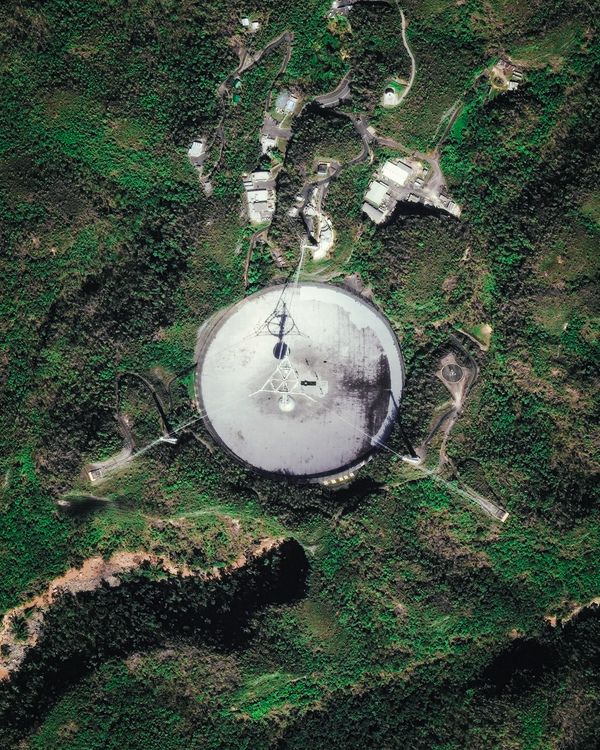
© Shutterstock.com
Over the years, the observatory has made many important discoveries. In particular, 1974 AD Russell Hulse and Joseph Taylor discovered the first double pulsar, for which they were awarded the Nobel Prize in Physics in 1993.
© Reuters
On September 20, 2017, Hurricane Maria broke the 29-meter radar antenna of the radio telescope in half, its fragments pierced the main mirror of the telescope and damaged the auxiliary one.
© Shutterstock.com
According to experts, the repair will be dangerous for the lives of builders.
© Reuters
Satellite view of the observatory.
© Reuters
Arecibo radio telescope.
© Shutterstock.com
Puerto Rico Radio Telescope Observatory
Next article
Media news2
how tours are conducted to the two largest telescopes in Eurasia
Look at the two largest telescopes in Eurasia, visit a night tour of the starry sky, find out how modern astrophysicists explore the Galaxy and look for new exoplanets: we tell you how the excursions work at the Special Astrophysical Observatory of the Russian Academy of Sciences in the Karachay-Cherkess Republic.
In the North Caucasus, at the foot of Mount Pastukhov, there is the Special Astrophysical Observatory (SAO) of the Russian Academy of Sciences, which operates the largest telescopes in Eurasia: the Large Azimuth Optical Telescope (BTA) and the RATAN-600 radio telescope. They are shown to tourists coming to Karachay-Cherkessia.
After the tour at the observatory, tourists can go down to the academic campus, to the village of Nizhny Arkhyz. Here, in 2019, at the initiative of an employee of the observatory, a planetarium was equipped in one of the premises. In 2021, he joined the Department of Scientific Information and External Relations of the SAO RAS.
A night tour of the starry sky is the end of the tourist program. Under the guidance of astronomers, visitors can make real astronomical observations and see the Milky Way through a telescope. On average, the observatory is visited by about 15 thousand tourists a year.
Largest telescopes in Eurasia
The Special Astrophysical Observatory of the Russian Academy of Sciences (SAO RAS) operates several optical telescopes and one radio telescope. Optical: Large Altazimuth Telescope (BTA), ZEYSS-1000, ZEYSS-600, three robotic telescopes, RATAN-600 radio telescope. Excursions are conducted to the Large Altazimuth Telescope (BTA) and RATAN-600 (Radio Telescope of the Academy of Sciences with a diameter of 600 meters).
Optical: Large Altazimuth Telescope (BTA), ZEYSS-1000, ZEYSS-600, three robotic telescopes, RATAN-600 radio telescope. Excursions are conducted to the Large Altazimuth Telescope (BTA) and RATAN-600 (Radio Telescope of the Academy of Sciences with a diameter of 600 meters).
A large telescope is called altazimuth because it can rotate both around the vertical axis and around the horizontal. Astronomers in such cases say “falls into the horizon.” This is the first in the world built according to the altazimuth scheme and the largest optical telescope in Eurasia. The diameter of its main mirror is 6 meters.
The telescope was designed and manufactured at the Leningrad Optical and Mechanical Association. Only the preparation of the project and the manufacture of parts took six years. To assemble the telescope, a building as high as a 15-story building was built, and the telescope itself turned out to be 42 meters high. The mirror was made at the Lytkarino Optical Glass Plant. Glass was melted at 1600°C and cooled for 736 days. Then the mirror blank (blank) was ground and polished for three years.
Glass was melted at 1600°C and cooled for 736 days. Then the mirror blank (blank) was ground and polished for three years.
24 meters above the mirror is a black cylinder – this is a glass, or cabin, of the primary focus. In the first years of the telescope’s operation, astronomers sat in it and took pictures of space objects on glass plates. The work was not easy: while shooting a celestial object with a long exposure, scientists had to sit absolutely still for many hours. Exposure could reach up to 7 hours. Nowadays, observers do not sit in the cockpit; there is special light-receiving equipment here, the signal from which is transmitted via fiber optics to the astronomer’s computer.
Optical telescope observations take place only at night. The equipment changes depending on what space objects need to be observed: the stars of our Galaxy, gas and dust nebulae, or galaxies that are millions of light years away from us.
RATAN-600 is the largest radio telescope in Russia with a variable profile closed ring antenna. With its help, scientists observe the Sun, stars, galaxies, comets and other celestial bodies.
With its help, scientists observe the Sun, stars, galaxies, comets and other celestial bodies.
It was first launched in July 1974. The telescope resembles a huge round stadium with a diameter of 600 meters. There are several irradiator cabins that move along rails, a flat antenna and a cone irradiator, which is currently used as a tour gallery.
The circular antenna consists of 895 aluminum shields that reflect the radio signal of the observed cosmic source (star, galaxy or Sun) to the feed. The telescope can be adjusted to the desired point in the sky by changing the angle of the shields and the position of the irradiator.
Find planets in the rays of stars
All telescopes of the Special Astrophysical Observatory of the Russian Academy of Sciences operate according to a predetermined observation program. Astrophysicists use them to study the evolution and chemical composition of stars, the interstellar medium and the Sun, and analyze the processes that took place in the early Universe.
The observatory is constantly creating new, more advanced instruments for astronomical observations. Thus, the staff of the Laboratory of Spectroscopy and Photometry of Extragalactic Objects created a number of instruments for studying galaxies, stars, interstellar and intergalactic medium. One of these instruments is the multi-mode primary focus reducer of the 6-m SCORPIO telescope. It can be used to obtain images of space objects and their spectra.
A multicolor panoramic photometer-polarimeter with high temporal resolution was created in the Laboratory of Relativistic Astrophysics of the SAO RAS. The device makes it possible to study optical pulsars, gamma-ray bursts in the optical range, to search for single black holes, to study the rapid variability of X-ray binary sources of cosmic radiation.
Relatively recently, a new spectrograph was installed on the BTA, created according to the latest technology. It allows you to measure the radial velocities of stars with great accuracy – that is, the speed with which a star either moves away from us, or approaches due to rotation around a common center of mass with the planet. The fiber optic echelle spectrograph of high spectral resolution for the BTA is one of the few world-class instruments in its class. With its help, scientists of the SAO RAS began to study exoplanets – planets revolving around other stars. Detecting them is quite difficult, as bright stars “outshine” exoplanets with their radiance. The study of exoplanets is carried out by a group of scientists headed by the director of the SAO RAS Gennady Valyavin.
The fiber optic echelle spectrograph of high spectral resolution for the BTA is one of the few world-class instruments in its class. With its help, scientists of the SAO RAS began to study exoplanets – planets revolving around other stars. Detecting them is quite difficult, as bright stars “outshine” exoplanets with their radiance. The study of exoplanets is carried out by a group of scientists headed by the director of the SAO RAS Gennady Valyavin.
A complex of robotic telescopes with mirrors 50 cm in diameter has been created at SAO RAS. They are designed to search for exoplanet transits (the passage of an exoplanet across the disk of a star, in some way similar to a solar eclipse when the Moon passes over the disk of the Sun). In this way, new exoplanets and other substellar objects, such as brown dwarfs, white dwarfs, etc. can be detected. Galaxies are also observed on robot telescopes.
For observations at the RATAN-600 radio telescope, cosmic radiation receivers are also constantly being upgraded, and new instruments are being created, for example, capable of dealing with interference more efficiently.
The work was supported by two projects of the Russian Science Foundation, computer data processing is carried out at the expense of a grant from the Russian Ministry of Education and Science. Also, with the support of the Ministry, observations are carried out on the telescopes of the SAO RAS.
Star Tours
Anyone can visit the Large Altazimuth Telescope and the RATAN-600 radio telescope and hear more about the scientific projects of scientists related to space. Excursions to BTA and RATAN-600 are held every day and are designed for people of any age.
Tourists arriving at the observatory can walk through the gallery and see photographs of the construction of the telescope, its components and scientific equipment, images of space objects – stars, galaxies, black holes, planetary nebulae, supernova remnants, neutron stars, globular and open clusters.
One of the rooms in the gallery is the former camera room, where the telescope control panel is located, which is currently a museum exhibit. Employees of the SAO RAS conduct popular science lectures for tourists about space objects that are observed in our Galaxy and in the Universe. At RATAN, tourists are also told about the research of the Sun.
Employees of the SAO RAS conduct popular science lectures for tourists about space objects that are observed in our Galaxy and in the Universe. At RATAN, tourists are also told about the research of the Sun.
The observatory has hotels where tourist groups can stay. There is a unique museum of the history and culture of the ancient Alans in the academic campus. An ancient Alan settlement is located four kilometers from the academic city. So tourists can “plunge” not only into astronomy, but also into history.
The planetarium shows full-dome films that supplement the information received on the tour. Films are designed for a wide variety of audiences. There is a film for children – “Two pieces of glass. The Amazing Telescope, which tells how the telescope was created and how the science of astronomy developed. Other films, such as “The Sun and the Life of the Earth”, “Starry Sky and Fundamentals of Spherical Astronomy”, were created by the Association of Planetariums of Russia within the framework of the grant program “Support for projects in the field of science, education and enlightenment”.
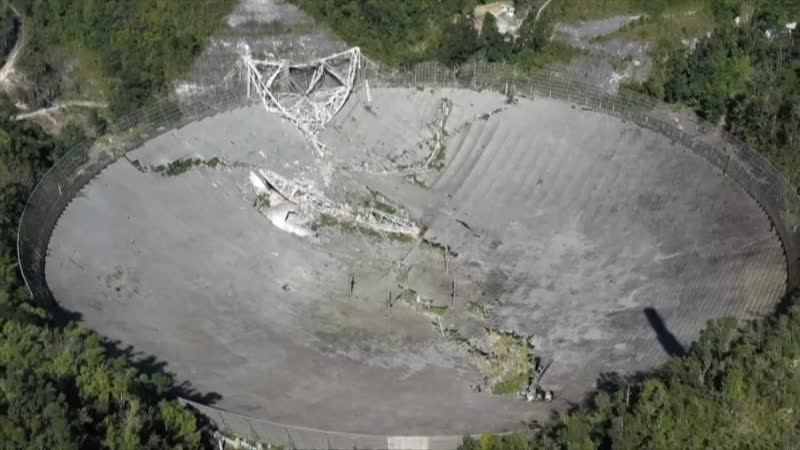 The program explores the unseen sky and, in particular, the objects that fall under the scrutiny of our radio telescope. Specifically, the program offer a framework of basic astronomy and atmospheric science, and provides understanding of the function and operation of the radio telescope. Some of the most exciting new discoveries in the fields of radio astronomy, solar system radar astronomy and the earth’s atmosphere are presented.
The program explores the unseen sky and, in particular, the objects that fall under the scrutiny of our radio telescope. Specifically, the program offer a framework of basic astronomy and atmospheric science, and provides understanding of the function and operation of the radio telescope. Some of the most exciting new discoveries in the fields of radio astronomy, solar system radar astronomy and the earth’s atmosphere are presented.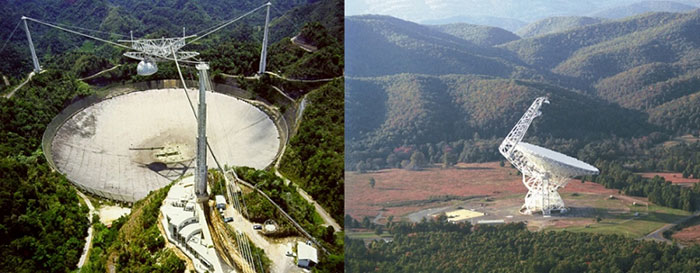
 This tour visits a cave that is one of the three biggest cave systems in the world. During the trip to the 268 acre park, you will experience breathtaking views of the caves during a trolley tour. After the tour you can visit the exhibition hall or explore the walking trails and other cave trips.
This tour visits a cave that is one of the three biggest cave systems in the world. During the trip to the 268 acre park, you will experience breathtaking views of the caves during a trolley tour. After the tour you can visit the exhibition hall or explore the walking trails and other cave trips.